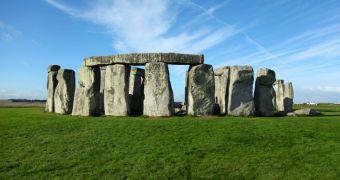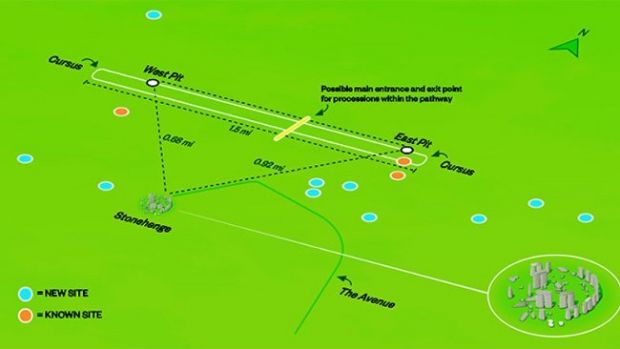Not too long ago, archaeologists announced that, according to recent evidence, several previously undocumented monuments might be lurking under Stonehenge, the world-famous prehistoric rocks complex in Wiltshire, England.
Thus, information obtained with the help of ground-penetrating radar technology and 3D laser scanning indicates that over a dozen undiscovered or not properly researched monuments are hidden under the ancient stone complex.
Archaeologists explain that this evidence indicating that several Neolithic monuments are currently buried under Stonehenge and in its surroundings was collected over the course of four years.
During this time, British researchers and specialists with Ludwig Boltzmann Institute for Archaeological Prospection and Virtual Archaeology in Austria worked closely together to survey the local underground.
Their findings are detailed in a computer-generated map, available below this article. This map documents the location of both previously undocumented monuments (the blue dots) and structures that archaeologists are yet to thoroughly study (the orange dots).
These newly discovered monuments comprise ditches, pits, barrows and henges. Specialists argue that their presence in the area indicates that, contrary to previous assumptions, Stonehenge was no stranger to quite a lot of commotion centuries ago.
As detailed by the Smithsonian Magazine, these recently discovered monuments are spread over an area of approximately four square miles (about 10.3 square kilometers). It is still unclear whether or not the structures all sit at the same depth.
Commenting on this discovery, researcher Vince Gaffney said, “This is among the most important landscapes, and probably the most studied landscape, in the world. And the area has been absolutely transformed by this survey. Won’t be the same again.”
The problem is that, precisely because they are located in the underground, these newly discovered monuments cannot be properly studied. Thus, in order to be able to research their makeup, archaeologists must first excavate them. As Vince Gaffney put it, “Until you dig holes, you just don’t know what you’ve got.”
For the time being, the specialists behind this research project have made no comments concerning the possibility to get to work pulling these monuments out of the ground. Should they eventually decide to do so, their work might help explain why Stonehenge was built to begin with.
More precisely, these recently discovered structures could help explain whether the complex served as a temple, some sort of parliament, or even a graveyard, and why hundreds of people who lived centuries ago felt the need to travel over impressive distances just to visit it.

 14 DAY TRIAL //
14 DAY TRIAL // 

